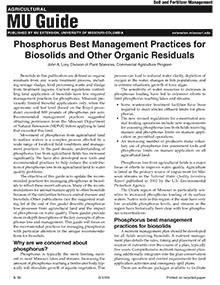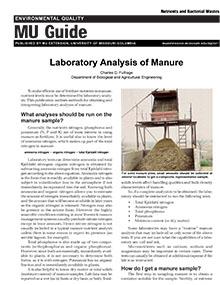

Laboratory Analysis of Manure
Reviewed
Learn methods for obtaining and interpreting laboratory analyses of manure to make efficient use of fertilizer nutrients in the manure in this University of Missouri Extension guide.
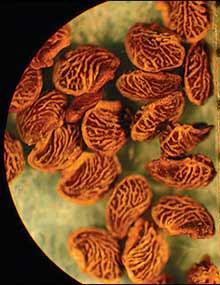
Missouri Weed Seeds, Page 41
Reviewed
Many of the members of Rosaceae (Rose family) are commonly grown as cultivated plants, including rose, apple, pear and strawberry. A notorious member, multiflora rose, is one of the state’s noxious weeds.
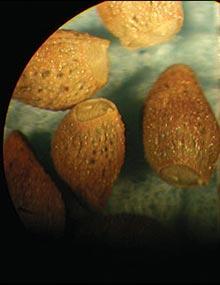
Missouri Weed Seeds, Page 12
Reviewed
Boraginaceae (Borage family) also includes several nuisance plants known as “beggar’s lice” because their fruits readily attach to clothing and other articles.
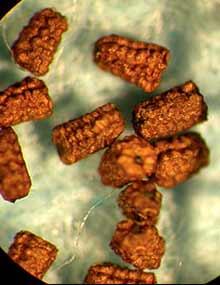
Missouri Weed Seeds, Page 44
Reviewed
Of the nearly 280 genera of Scrophulariaceae (Figwort family), at least 25 are known to be in Missouri. The genera that contain mullein and speedwell are among the most common.
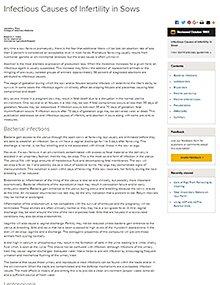
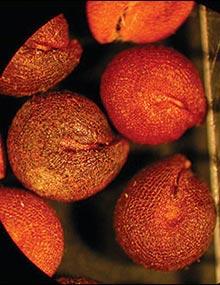
Missouri Weed Seeds, Page 15
Reviewed
Only a few members of Capparidaceae (Caper family), such as spider flower, occur in Missouri.
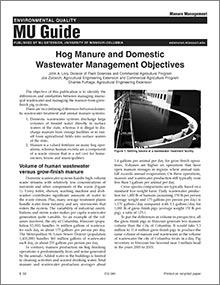
Hog Manure and Domestic Wastewater Management Objectives
Reviewed
The objective of this publication is to identify the differences and similarities between managing municipal wastewater and managing the manure from grow-finish pig systems.
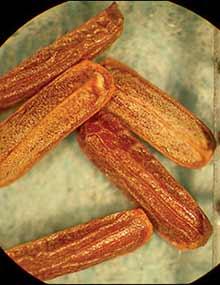
Missouri Weed Seeds, Page 47
Reviewed
Of about 90 known genera of Verbenaceae (Vervain family), only three occur in the state. Most prevalent are the vervains, with seven species, most commonly encountered throughout Missouri.

Managing Nitrogen to Protect Water Quality
Reviewed
How is nitrogen lost from the soil?Nitrogen is primarily lost by three pathways:

Missouri Weed Seeds, Page 18
Reviewed
At least 18 different Chenopodium genera members, also known as lambsquarters, are present in Missouri. Kochia is also another important member of Chenopodiaceae (Goosefoot family).
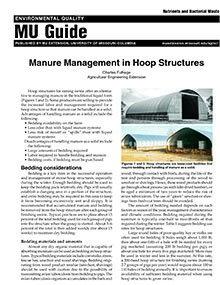
Manure Management in Hoop Structures
Reviewed
Hoop structures for raising swine offer an alternative to managing manure in the traditional liquid form. Some producers are willing to provide the increased labor and management required for a hoop structure so that manure can be handled as a solid. Advantages of handling manure as a solid include the following:
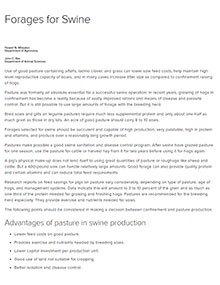
Forages for Swine
Reviewed
It is still possible to use large amounts of forage with the breeding herd. Visit our site to learn about using Forages for Swine.
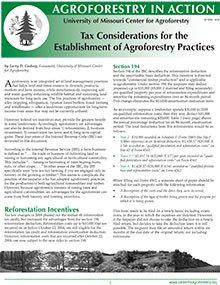
Tax Considerations for the Establishment of Agroforestry Practices
Reviewed
Learn tax advantages for planting trees for timber, using personal property for business use, investing in conservation and reporting timber sales as capital gains.
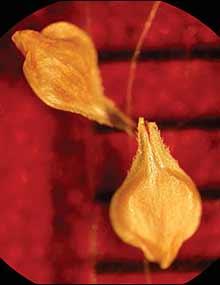
Missouri Weed Seeds, Page 21
Reviewed
Missouri is home to more than 200 species of sedges (Cyperaceae). Agronomically, yellow nutsedge, Cyperus esculentus, is considered to be the most problematic in prevalence of this family of plants.
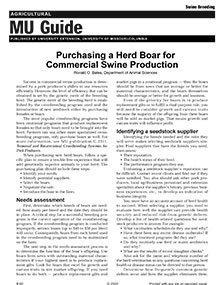
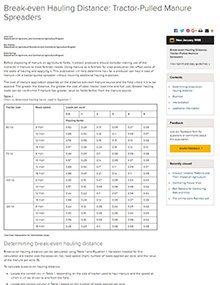
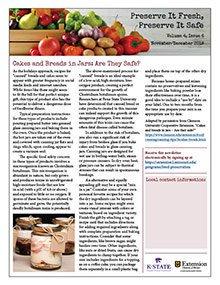
Preserve It Fresh, Preserve It Safe: 2018, No. 6 (November/December)
New
Tips for stress-free holiday food-prep and gifting: Gift dry cake and bread mixes layered in jars. Label home canned food gifts for safety. Prepare and freeze foods for dinner ahead of time. Learn more in this University of Missouri Extension newsletter.
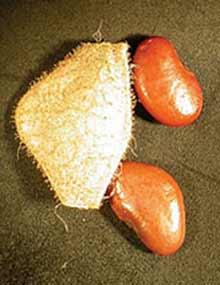
Missouri Weed Seeds, Page 24
Reviewed
Fabaceae (Pea family), the legume family, is one of the largest groups of broadleaf plants. Common members include clovers and various beans and peas.
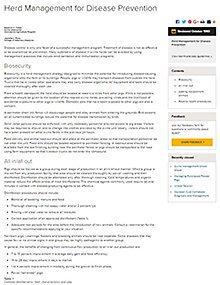
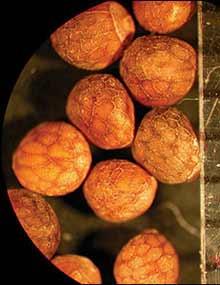
Missouri Weed Seeds, Page 27
Reviewed
Common members of Lamiaceae (Mint family) not shown in this guide are henbit and purple deadnettle, which are two of the most prevalent winter annuals in Missouri.
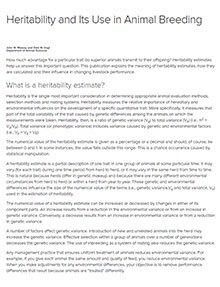
Heritability and Its Use in Animal Breeding
Reviewed
Heritability has a large influence on livestock performance. Visit our website to learn about Heritability and Its Use in Animal Breeding.
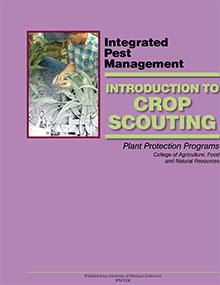
Introduction to Crop Scouting
Reviewed
Editor's note
The following abstract describes a publication that is available only as a downloadable PDF.
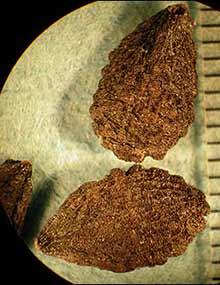
Missouri Weed Seeds, Page 30
Reviewed
Devil’s-claw, also known as unicorn plant, is the only known species of Martyniaceae (Unicorn-plant family) to be present in Missouri.
